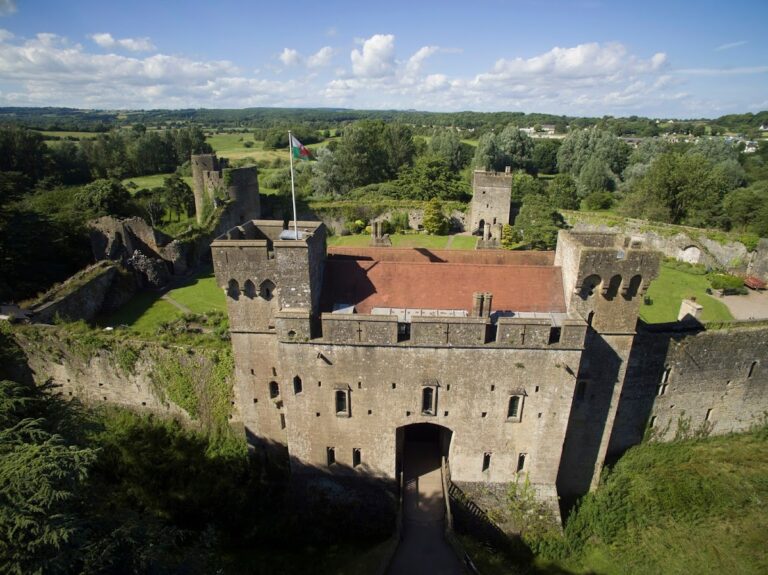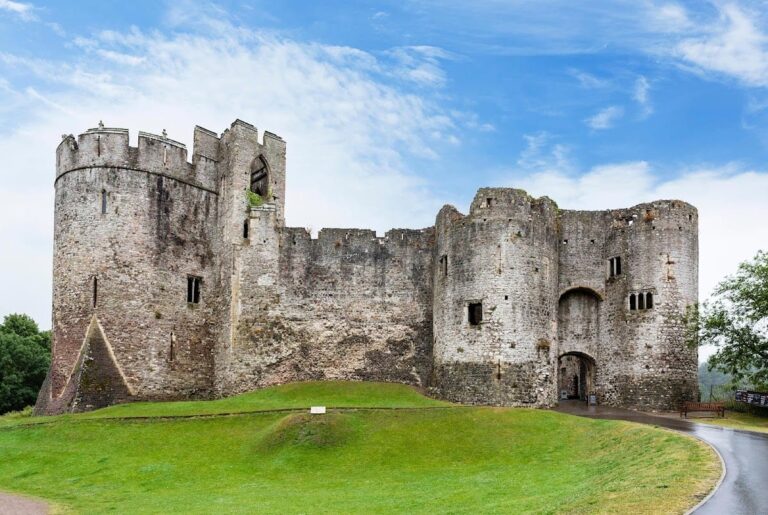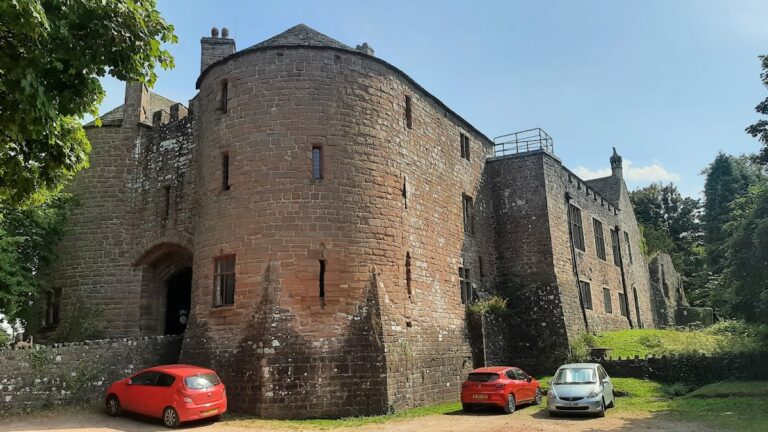Venta Silurum: A Roman Town in Southeast Wales
Visitor Information
Google Rating: 4.7
Popularity: Very Low
Google Maps: View on Google Maps
Official Website: cadw.gov.wales
Country: United Kingdom
Civilization: Roman
Remains: City
History
Venta Silurum was established around AD 75 by the Romans in what is now Caerwent, southeast Wales. It served as an administrative center for the Silures, a local tribe subdued by Roman forces. The town’s name means “market town of the Silures,” a fact confirmed by inscriptions such as the “Civitas Silurum” stone found in the parish church. Positioned on the Roman road linking Isca Augusta (modern Caerleon) and Glevum (Gloucester), Venta Silurum functioned primarily as a civilian settlement rather than a military fort.
By the early 2nd century, likely during or soon after Emperor Hadrian’s reign, the town became the civitas capital of the Silures tribe. It had a municipal council responsible for local governance. Initial construction included a forum and basilica, which formed the civic heart. Over time, the town expanded to include a marketplace, public baths, shops such as blacksmiths, farms, and houses with courtyards.
Religious life evolved alongside the town’s growth. A Roman temple, possibly dedicated to Mars and the Celtic god Ocelus, was built in the 4th century. Evidence of early Christian worship appears in a chi-rho symbol on a bowl dating from the late 3rd or 4th century. Defensive stone walls were erected around AD 260 and reinforced around 369, possibly to protect a small garrison. These walls are among the best-preserved Roman town defenses in Northern Europe.
Venta Silurum remained inhabited into the mid-5th century, maintaining Christian practices and possibly serving as a bishopric. Tradition holds that Saint Tatheus founded a monastery there in the 6th century. The town’s name influenced the early medieval Kingdom of Gwent, with the settlement later known as Caerwent, meaning “fort of Venta” or “fort of Gwent.”
Archaeological interest began in the late 19th century, with major excavations between 1881 and 1913 uncovering mosaics, buildings, and inscriptions. More recent digs from 2008 to 2010 revealed shops, a villa with frescoes, and artefacts including a bone penknife hilt decorated with gladiator scenes.
Remains
Venta Silurum was laid out as a roughly rectangular town divided into about twenty blocks called insulae. These were arranged on a grid pattern with two main streets: the cardo maximus running north-south and the decumanus maximus running east-west. Their intersection formed the forum, the town’s central public square.
The basilica, a large public building used for administration and legal matters, stood just north of the forum. Opposite the forum across the decumanus maximus were the public baths, which provided facilities for bathing and socializing. Northeast of the forum lies a large oval structure measuring approximately 44 by 37 meters. Its exact purpose is uncertain; it may have been an amphitheater or a cattle market, but no surrounding wall remains to confirm this.
The town’s defensive stone walls were built around AD 260 and strengthened around 369. These walls survive in large sections up to five meters high and have seen minimal alteration since Roman times. Their preservation is exceptional compared to other Roman towns in Northern Europe.
Excavations have uncovered mosaic floors, including a fish-themed tessellated pavement and the “Four Seasons” mosaic. A villa with painted walls and frescoes was also found, indicating some level of domestic decoration. Artefacts recovered include coins, Roman glassware, ceramics, human and animal bones, lead pipe repair patches, and a bone penknife hilt featuring gladiatorial imagery.
Most houses were modest, with few showing signs of mosaics or underfloor heating (hypocaust), suggesting the town had moderate wealth compared to other Roman tribal capitals. The remains of a 4th-century temple foundation and an early Christian cemetery lie beneath the present parish church, linking the site to both pagan and Christian worship.
Modern housing now covers about half of the original Roman marketplace, limiting visible archaeological remains in that area. Despite this, the surviving structures and artefacts provide a clear picture of Venta Silurum’s layout and history.










